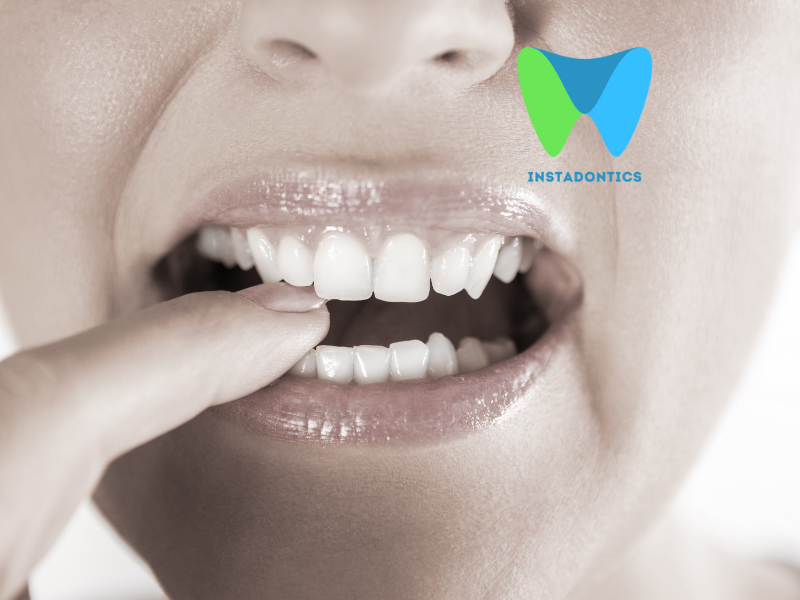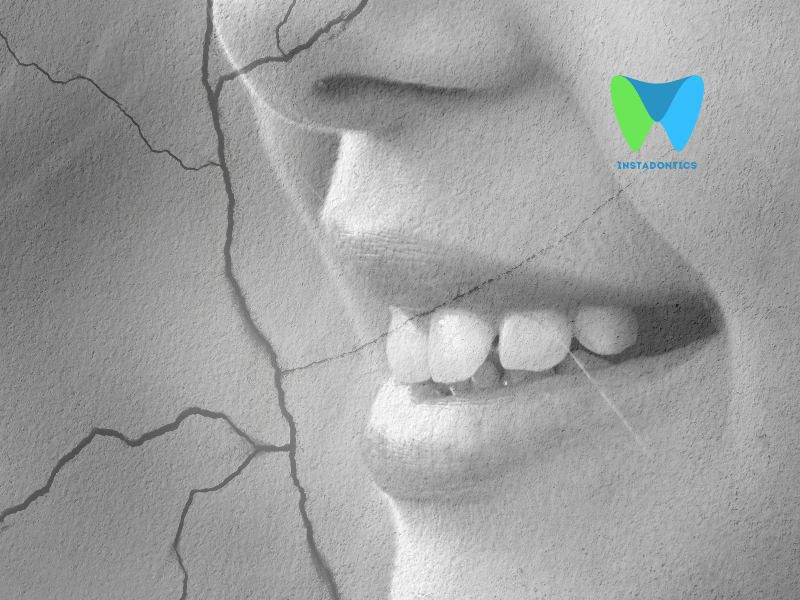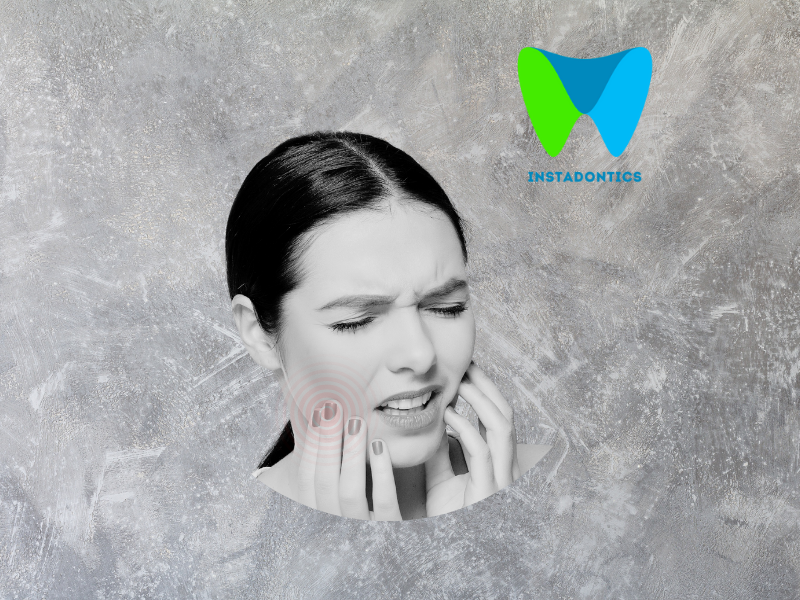A root canal is a common dental procedure designed to save a severely damaged or infected tooth. While it’s highly effective, some patients experience tooth pain after the procedure, which can be concerning. If you’ve recently had a root canal and are dealing with post-treatment discomfort, you’re not alone. In this comprehensive blog post, we’ll explore why tooth pain occurs after a root canal, how long it typically lasts, when to be concerned, and what you can do to manage the pain. By the end, you’ll have a clear understanding of what to expect and how to ensure a smooth recovery.
What is a Root Canal?
A root canal is a dental procedure used to treat a tooth that is severely decayed, infected, or damaged. The process involves:
- Removing the Infected Pulp: The dentist removes the infected or inflamed pulp (the soft tissue inside the tooth that contains nerves and blood vessels).
- Cleaning and Disinfecting: The inside of the tooth is cleaned and disinfected to remove bacteria.
- Filling and Sealing: The tooth is filled with a biocompatible material called gutta-percha and sealed to prevent reinfection.
- Restoration: A crown or filling is placed on the tooth to restore its function and appearance.
While root canals have a high success rate, it’s not uncommon to experience some pain or discomfort after the procedure.
Why Does Tooth Pain Occur After a Root Canal?
Tooth pain after a root canal can occur for several reasons. Understanding the cause can help you manage your expectations and determine whether the pain is normal or requires further attention.
1. Inflammation of the Surrounding Tissues
- What Happens: During the root canal procedure, the surrounding tissues (gums, ligaments, and bone) can become inflamed due to the manipulation of the tooth and the cleaning process.
- Why It Causes Pain: Inflammation puts pressure on the nerves and tissues, leading to discomfort.
2. Temporary Nerve Irritation
- What Happens: The nerves around the treated tooth may become temporarily irritated during the procedure.
- Why It Causes Pain: Irritated nerves can cause sensitivity or pain, especially when biting or chewing.
3. High Bite
- What Happens: If the filling or crown placed after the root canal is too high, it can create uneven pressure when you bite down.
- Why It Causes Pain: The excess pressure on the treated tooth can cause pain and discomfort.
4. Infection or Incomplete Cleaning
- What Happens: In rare cases, bacteria may remain in the tooth or reinfect it after the procedure.
- Why It Causes Pain: An infection can cause swelling, pain, and even an abscess.
5. Cracked Tooth
- What Happens: If the tooth was already cracked or weakened before the root canal, it may develop further cracks after the procedure.
- Why It Causes Pain: Cracks can expose the inner layers of the tooth, leading to sensitivity and pain.
6. Referred Pain
- What Happens: Pain from nearby teeth or the jaw joint (TMJ) can sometimes be felt in the treated tooth.
- Why It Causes Pain: The nerves in the mouth are interconnected, making it difficult to pinpoint the exact source of pain.
How Long Does Pain Last After a Root Canal?
The duration of pain after a root canal varies from person to person. Here’s a general timeline of what to expect:
First 24-48 Hours
- What to Expect: Mild to moderate pain and sensitivity are common during this period.
- Why It Happens: The tissues around the tooth are still inflamed from the procedure.
3-7 Days
- What to Expect: Pain should gradually decrease during this time. You may still experience some sensitivity, especially when biting or chewing.
- Why It Happens: The inflammation is subsiding, and the tooth is beginning to heal.
1-2 Weeks
- What to Expect: Most patients experience little to no pain by this point. If pain persists, it may indicate an issue that needs attention.
- Why It Happens: The tooth and surrounding tissues are healing, and any temporary irritation should resolve.
When to Be Concerned
- If the pain worsens or doesn’t improve after a week.
- If you experience severe swelling, fever, or a foul taste in your mouth.
- If the pain is unbearable or interferes with your daily activities.
How to Manage Tooth Pain After a Root Canal
While some discomfort is normal after a root canal, there are several steps you can take to manage the pain and promote healing:
1. Take Prescribed or Over-the-Counter Pain Relievers
- What to Use: Your dentist may prescribe painkillers or recommend over-the-counter options like ibuprofen (Advil) or acetaminophen (Tylenol).
- How It Helps: These medications reduce inflammation and block pain signals, providing relief.
2. Apply a Cold Compress
- What to Do: Apply an ice pack or cold compress to the outside of your cheek for 15-20 minutes at a time.
- How It Helps: Cold reduces swelling and numbs the area, alleviating pain.
3. Avoid Chewing on the Treated Tooth
- What to Do: Stick to soft foods and avoid chewing on the side of the treated tooth until the pain subsides.
- How It Helps: Reducing pressure on the tooth allows it to heal without irritation.
4. Maintain Good Oral Hygiene
- What to Do: Brush and floss gently, avoiding the treated area if it’s too sensitive.
- How It Helps: Keeping your mouth clean prevents infection and promotes healing.
5. Use a Saltwater Rinse
- What to Do: Mix 1 teaspoon of salt in a glass of warm water and rinse your mouth for 30 seconds.
- How It Helps: Saltwater reduces bacteria and soothes irritation.
6. Follow Your Dentist’s Instructions
- What to Do: Take any prescribed antibiotics or follow specific aftercare instructions from your dentist.
- How It Helps: Proper care ensures the tooth heals correctly and reduces the risk of complications.
When to See Your Dentist
While some pain is normal after a root canal, certain symptoms may indicate a problem that requires professional attention. Contact your dentist if you experience:
- Severe or worsening pain that doesn’t improve with medication.
- Swelling in the face, gums, or jaw.
- A fever or signs of infection (pus, foul taste, or bad breath).
- Difficulty opening your mouth or swallowing.
- A cracked or loose crown or filling.
Possible Complications After a Root Canal
In rare cases, complications can arise after a root canal, leading to prolonged pain or discomfort. Here are some potential issues:
Why Does My Tooth Still Hurt After a Root Canal? Common Causes and Solutions
A root canal is a common dental procedure designed to save a damaged or infected tooth by removing the infected pulp and sealing the tooth. While root canals have a high success rate, some patients experience lingering pain or discomfort after the procedure. If you’re wondering, “Why does my tooth still hurt after a root canal?” this guide will explore the most common causes and what you can do about them.
1. Incomplete Cleaning
What Happens
During a root canal, the dentist removes the infected pulp and cleans the root canals to eliminate bacteria. However, if the cleaning process isn’t thorough, some bacteria may remain, leading to reinfection.
Symptoms
- Persistent or throbbing pain in the treated tooth.
- Swelling or tenderness in the gums around the tooth.
- A recurring abscess (a pocket of pus) near the tooth.
Treatment
If incomplete cleaning is the issue, your dentist may recommend a root canal retreatment. This involves reopening the tooth, cleaning the canals again, and resealing it. In some cases, an apicoectomy (surgical removal of the root tip) may be necessary.
2. Cracked Tooth
What Happens
A cracked tooth can complicate the healing process after a root canal. Even if the infection is treated, the crack may allow bacteria to enter, causing pain or reinfection.
Symptoms
- Sharp pain when biting or chewing.
- Sensitivity to hot or cold temperatures.
- A visible crack or fracture in the tooth.
Treatment
Depending on the severity of the crack, your dentist may recommend:
- A dental crown to protect and stabilize the tooth.
- In severe cases, tooth extraction followed by a dental implant or bridge.
3. High Filling or Crown
What Happens
After a root canal, the tooth is typically restored with a filling or crown. If the filling or crown is too high, it can create uneven pressure when you bite down, leading to discomfort or pain.
Symptoms
- Pain or discomfort when biting or chewing.
- A feeling that your bite is “off” or uneven.
- Jaw pain or tension due to misalignment.
Treatment
Your dentist can easily fix this issue by adjusting the filling or crown. This involves reshaping the restoration to ensure it fits comfortably with your bite.
4. Sinus Issues (For Upper Teeth)
What Happens
The roots of your upper teeth are located close to your sinuses. If you’ve had a root canal on an upper tooth, sinus inflammation or infection can cause referred pain that feels like it’s coming from the tooth.
Symptoms
- Dull, aching pain in the upper teeth.
- Congestion or pressure in the sinuses.
- Pain that worsens when bending over or lying down.
Treatment
If sinus issues are causing your tooth pain, your dentist or doctor may recommend:
- Decongestants or antihistamines to relieve sinus pressure.
- Antibiotics if a sinus infection is present.
- In rare cases, sinus surgery to address chronic issues.
When to See Your Dentist
While some discomfort after a root canal is normal, you should contact your dentist if:
- The pain persists for more than a week.
- You experience severe swelling, fever, or pus.
- The pain interferes with your daily activities.
Your dentist can identify the cause of your pain and recommend the appropriate treatment to restore your comfort.
Lingering pain after a root canal can be frustrating, but it’s often treatable. By understanding the common causes—such as incomplete cleaning, a cracked tooth, a high filling or crown, or sinus issues—you can take the right steps to address the problem.
Preventing Pain After a Root Canal
While some pain is unavoidable, there are steps you can take to minimize discomfort and ensure a smooth recovery:
1. Choose an Experienced Dentist
- An experienced dentist or endodontist (root canal specialist) can perform the procedure with minimal trauma to the surrounding tissues.
2. Follow Aftercare Instructions
- Adhere to your dentist’s guidelines for oral care, medications, and follow-up appointments.
3. Avoid Hard or Sticky Foods
- Stick to soft foods like soups, mashed potatoes, and yogurt until the tooth heals.
4. Stay Hydrated
- Drinking plenty of water helps keep your mouth clean and promotes healing.
5. Manage Stress
- Stress can lead to teeth grinding, which can irritate the treated tooth. Practice relaxation techniques like deep breathing or meditation.
Tooth pain after a root canal is a common but manageable issue. While some discomfort is normal as your tooth heals, persistent or severe pain may indicate a complication that requires attention. By understanding the causes of post-root canal pain, following proper aftercare, and seeking professional help when needed, you can ensure a smooth recovery and protect your oral health.
If you’re experiencing pain after a root canal, don’t hesitate to reach out to your dentist. With the right care and attention, you can enjoy a pain-free smile and the long-term benefits of a successful root canal. Remember, your dental health is worth the effort!



